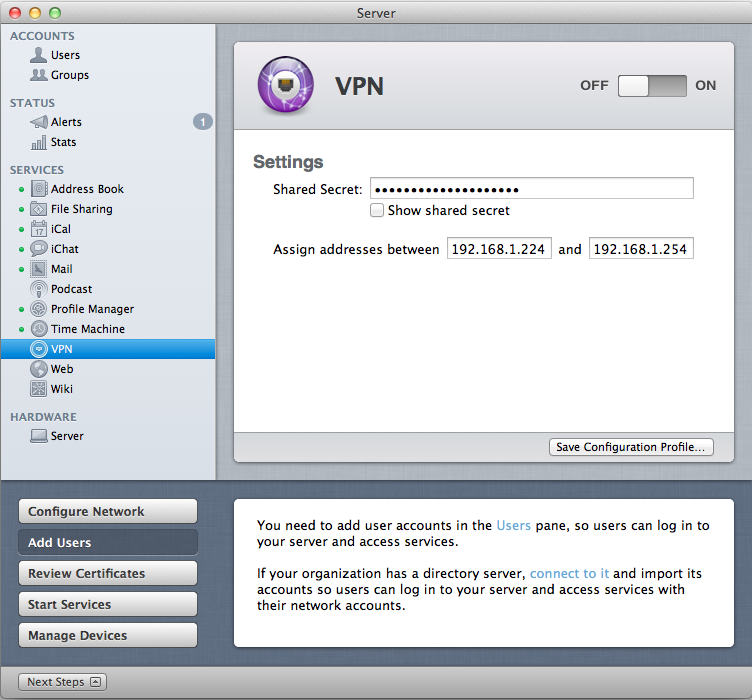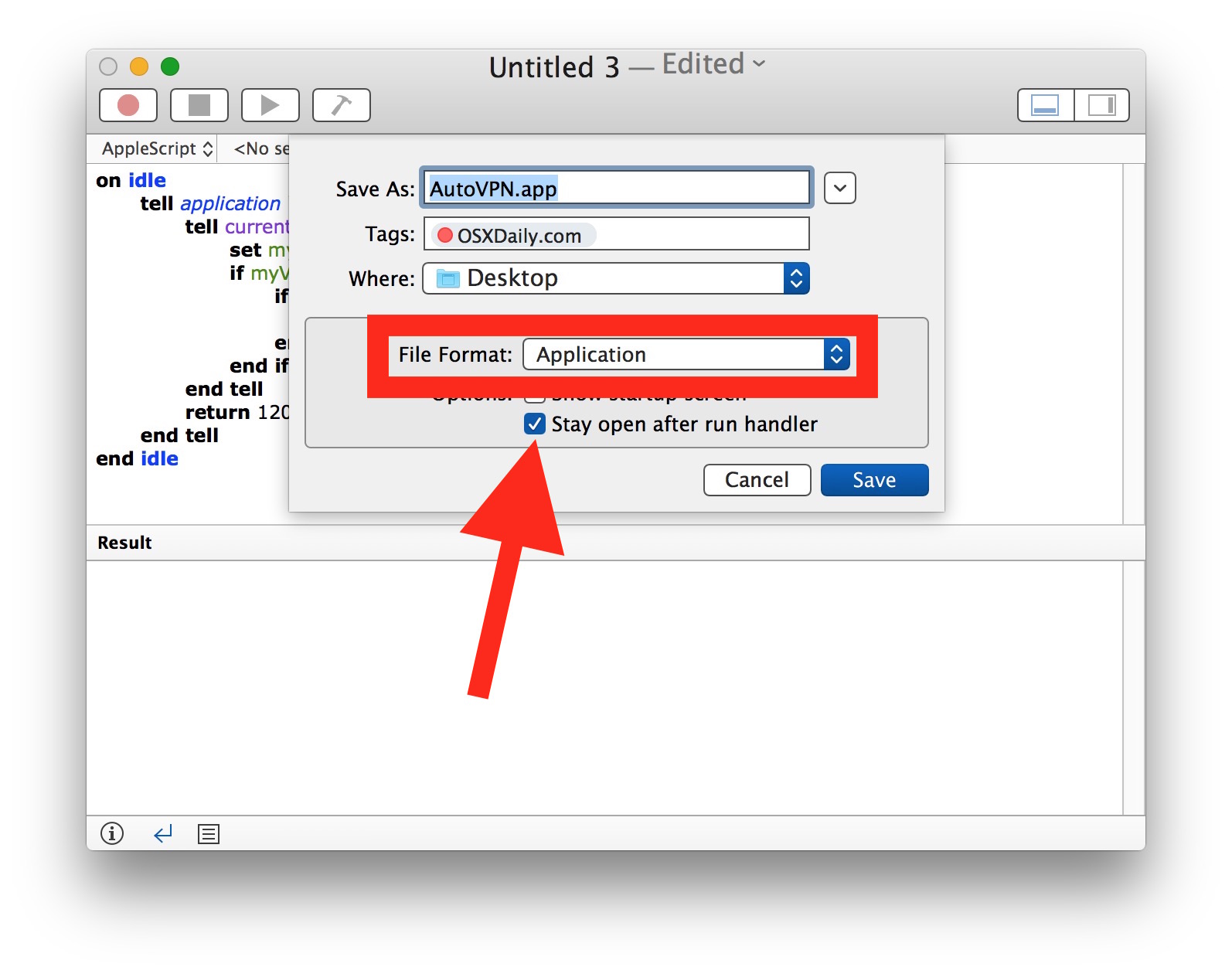

package, enter these commands in order to delete the misplaced files.
MAC OS X VPN CLIENT LOG FOR MAC
MAC OS X VPN CLIENT LOG MAC OS
How do I uninstall Cisco VPN Client on Mac OS X? Refer to End-of-Sale and End-of-Life Announcement for the Cisco An圜onnect Secure Mobility Client Version 3.x. ****MAC OS X 10.11 (El Capitan) is supported in Anyconnect 1 and later. El Capitan support will not be provided in An圜onnect 3.x as new OS support ended in July 2015. ***Mac OS X 10.8 (Mountain Lion) is supported in An圜onnect Releases 7 and 3.1 and later. **Mac OS X 10.7 (Lion) is supported in An圜onnect Releases and and later. *Mac OS X 10.5 (Leopard) is no longer supported in An圜onnect Release 3.1. Also, PowerPC support was dropped in Release 3.0 and later. There are three VPN Client solutions that can be implemented, dependent upon the Mac OS Version. What options do I have in order to provide remote access to Mac users? Therefore, no fixes will be put in for this client. The built-in IPsec client on Mac OS is an Apple product, so any questions/upgrades/bug fixes and other issues on the client side need to be addressed by Apple while the Cisco Remote Access VPN client is EOS. Tip: Cisco recommends that you migrate to the An圜onnect VPN Client for both Secure Sockets Layer (SSL) as well as IPsec. If there is no server response on the network traces, verify you enabled IKEv2 protocol on the Azure Gateway Configuration page on the Azure portal website.įor additional help, see Microsoft Support.This document answers frequently asked questions about Cisco's VPN Client solutions available on Mac OS X. Verify that the client and the server have a common set. You should be able to look at the SA proposal details under the Payload: Security Association. If you try the previous steps and everything is configured properly, download Wireshark and perform a packet capture.įilter on isakmp and look at the IKE_SA packets.

Verify that the correct credentials are entered. Troubleshoot username and password authenticationĬlick the Authentication Setting button and verify that "Username" is selected from the dropdown. Verify that Certificate is selected from the dropdown.Ĭlick the Select button and verify that the correct certificate is selected. The Local ID should be the same as the Subject of the client certificate.Ĭlick on Authentication Settings to open the Authentication Settings page. The Remote ID should be the same as the Server Address (Gateway FQDN). Verify that the Server Address is the complete FQDN and includes the. From the list, click the VPN entry that needs to be investigated. Go to the Network Setting by pressing Command + Shift, and then type "VPN" to check the VPN client settings. Troubleshoot certificate-based authenticationĬheck the VPN client settings.

There are only four settings that need to be checked:

The VPN client in Mac for IKEv2 is very basic and does not allow for much customization.
MAC OS X VPN CLIENT LOG MAC OS X
This article helps you troubleshoot Point-to-Site connectivity issues from Mac OS X using the native VPN client and IKEv2.


 0 kommentar(er)
0 kommentar(er)
